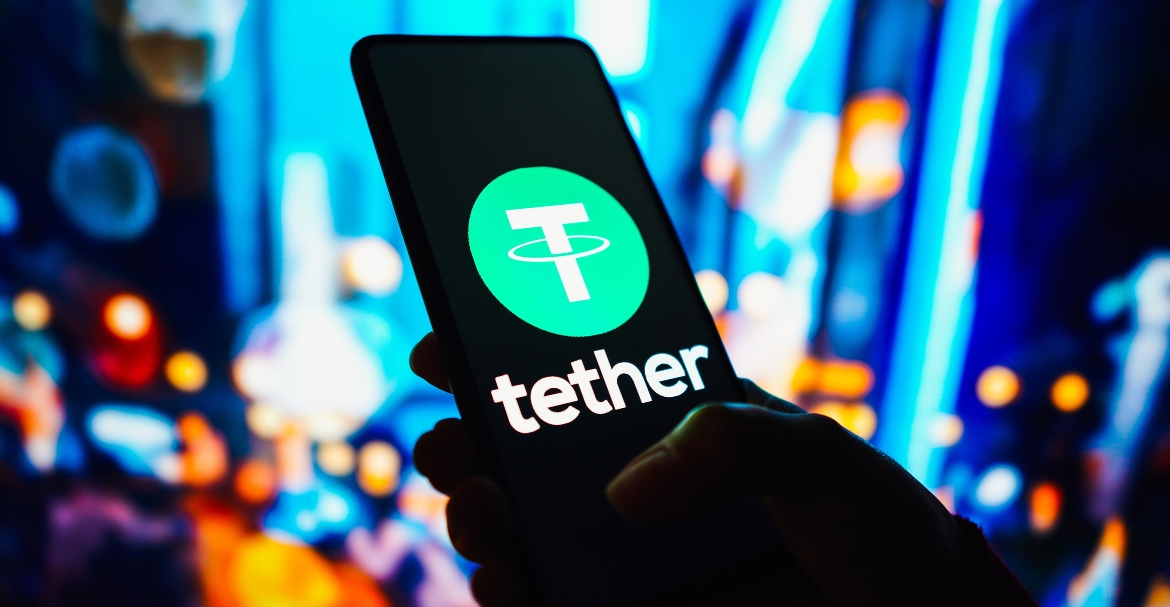Tether’s journey: From inception to its current market dominance

Tether, the cryptocurrency that has become synonymous with stability and liquidity in the volatile world of digital assets, has embarked on a remarkable journey since its inception. Born out of the need for a stablecoin to bridge the gap between traditional finance and the burgeoning crypto ecosystem, Tether has evolved and expanded to achieve unprecedented market dominance. Its story is one of innovation, controversy, and adaptation, reflecting the ever-changing landscape of the cryptocurrency market. In this article, the Tether’s path from its humble beginnings to its current position as a pivotal player in the crypto industry is discussed in detail.
Tether’s Role in Crypto Trading
Tether has emerged as a linchpin in cryptocurrency trading due to its unique role as a stablecoin. Its significance as a trading pair and its influence on liquidity in cryptocurrency exchanges cannot be overstated. Tether’s primary advantage lies in its stability, as it is typically pegged to the US dollar (1 USDT = 1 USD). This peg gives traders a haven during extreme volatility, allowing them to exit volatile positions and seek refuge in USDT swiftly.
Tether also enhances liquidity in exchanges. It serves as a bridge currency, enabling traders to move seamlessly between cryptocurrencies reducing friction in the trading process. This liquidity boost facilitates price discovery and market efficiency. Advantages of using Tether for trading include reduced exposure to cryptocurrency price fluctuations, faster transaction speeds, and accessibility across numerous exchanges. Moreover, it opens up arbitrage opportunities and simplifies fund management.
However, Tether is not without its drawbacks. Concerns about its centralized nature, regulatory scrutiny, counterparty risk, limited asset diversification, and potential for market manipulation have raised valid apprehensions among users. Tether’s importance as a trading pair and liquidity provider is unquestionable, driven by its stability and utility. Yet, traders must weigh its advantages against the associated risks and remain vigilant in an ever-evolving cryptocurrency landscape.
Tether’s Evolution and Competitors
Tether (USDT) has undergone significant evolution since its inception in 2014. Initially, Tether was primarily issued on the Bitcoin blockchain using the Omni Layer protocol, with each USDT token representing one US dollar held in reserve by its issuer, Tether Limited. It was a vital bridge between traditional fiat currencies and cryptocurrencies, particularly for traders seeking refuge from the volatile crypto market.
Over time, Tether expanded its technology and asset backing. 2017, Tether began issuing USDT on the Ethereum blockchain, utilizing the ERC-20 standard. This expansion improved transaction speed and compatibility with Ethereum-based applications, including decentralized exchanges and Tether casinos, where USDT is commonly used for gambling in the crypto space.
The evolution continued as Tether explored other blockchains, including Tron (TRC-20) and Algorand and Solana. These multi-chain integrations aimed to increase Tether’s efficiency, reduce transaction costs, and broaden its user base.
Tether also diversified its asset reserves, moving beyond a 100% backing with US dollars. It began to include other assets like cash equivalents and loans in its reserves. This shift raised concerns about transparency and led to controversies regarding whether Tether held sufficient assets to cover all circulating USDT tokens.
- Comparing Tether to Other Stablecoins: Tether faces competition from other stablecoins, including USDC (USD Coin), DAI, and BUSD (Binance USD). Tether’s compe/titive position results from its early market entry, wide acceptance, and significant trading volume.
- Transparency Concerns: Tether has faced ongoing scrutiny regarding the adequacy and transparency of its reserves, which has led some users to switch to more transparent stablecoins like USDC.
- Regulatory Scrutiny: Tether’s regulatory challenges and legal disputes have created uncertainties, potentially affecting its competitive position.
- Technology and Network Effects: Tether’s multi-chain approach enhances its accessibility, but other stablecoins are catching up, leveraging faster and more scalable blockchains like Binance Smart Chain (BSC) and Avalanche.
Future Prospects and Challenges
Prospects
- Increased Adoption: Tether casinos are likely to see continued growth as more players seek the stability and familiarity of Tether (USDT) while engaging in online gambling. The demand for stablecoins like USDT for betting purposes may rise.
- Global Accessibility: Tether’s multi-chain integration means that Tether casinos can offer users a seamless and efficient gambling experience worldwide, reducing geographic barriers.
- Reduced Volatility: Tether’s stable value can provide a more predictable betting experience, attracting risk-averse players concerned about other cryptocurrencies’ price volatility.
Challenges
- Regulatory Uncertainty: Tether casinos may face regulatory challenges, as the legality of online gambling and the use of cryptocurrencies in various jurisdictions is often uncertain. Compliance with evolving regulations will be crucial.
- Security Concerns: Cryptocurrency-related services, including Tether casinos, are susceptible to security breaches and hacking attempts. Maintaining robust security measures will be vital to protect users’ funds and data.
- Market Competition: Tether casinos will compete with traditional online casinos and other crypto-based gambling platforms. They must offer unique features and incentives to attract and retain players to succeed.
- Tether’s Transparency: Tether itself has faced transparency issues, which can raise concerns for users of Tether casinos. Transparency in asset reserves and operations is crucial to building trust.
Conclusion
The future of Tether casinos holds promise, with the potential for increased adoption and global accessibility. However, they must navigate regulatory complexities, prioritize security, and differentiate themselves in a competitive market. The success of Tether casinos will depend on their ability to offer a safe, fair, and enjoyable gambling experience while addressing the challenges and uncertainties that come with the evolving cryptocurrency and online gaming landscapes.



